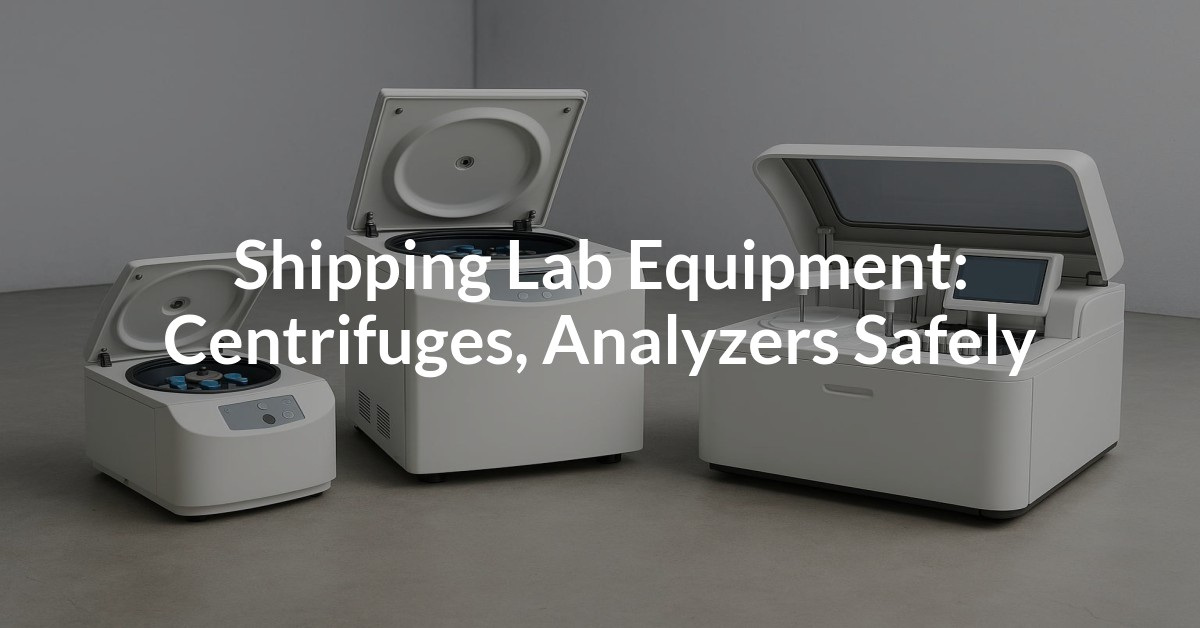Shipping hospital beds requires meticulous attention to detail due to their size, weight, and the necessity for specialized equipment. Understanding these factors is crucial for ensuring safety, compliance, and cost-effectiveness in the freight shipping process.
1. Size Considerations
Hospital beds vary in size, typically measuring between 36 to 40 inches in width and 80 to 88 inches in length. Knowing the exact dimensions is vital for:
- Determining the appropriate trailer type (e.g., flatbed, step deck)
- Ensuring compliance with state and federal regulations regarding load dimensions
- Planning for loading and unloading procedures, including the need for ramps or lifts
2. Weight Considerations
Hospital beds can weigh anywhere from 150 to 500 pounds, depending on the model and features. Weight considerations are essential for:
- Selecting the right vehicle to handle heavy loads
- Calculating shipping costs accurately, as weight significantly impacts pricing
- Ensuring that the weight distribution is even to avoid overloading any part of the trailer
3. Specialized Equipment
Transporting hospital beds often requires specialized equipment, including:
- Forklifts or pallet jacks for loading and unloading
- Ramps for easy access onto trailers
- Straps and padded blankets to secure and protect the beds during transit
4. Additional Considerations
Beyond size, weight, and specialized equipment, other factors to consider include:
- Compliance with healthcare regulations and standards
- Proper documentation and labeling to avoid delays
- Insurance coverage to protect against potential damages during transit
Shipping Options: Truckload vs Partial vs LTL
| Shipping Method | Description |
|---|---|
| Truckload (TL) | Full truckload dedicated to a single shipment, ideal for large quantities. |
| Partial Truckload (PTL) | A mix of shipments for multiple customers, cost-effective for medium loads. |
| Less Than Truckload (LTL) | Smaller shipments that share truck space with other freight, suitable for lower volumes. |
Conclusion
Shipping hospital beds requires a thorough understanding of size, weight, and the need for specialized equipment. By adhering to these best practices, shippers can ensure a smooth transportation process, minimize risks, and deliver products safely to their destination.
Personalized Assistance
Get a quote today, call 877-345-3838, or email support@freightsidekick.com









